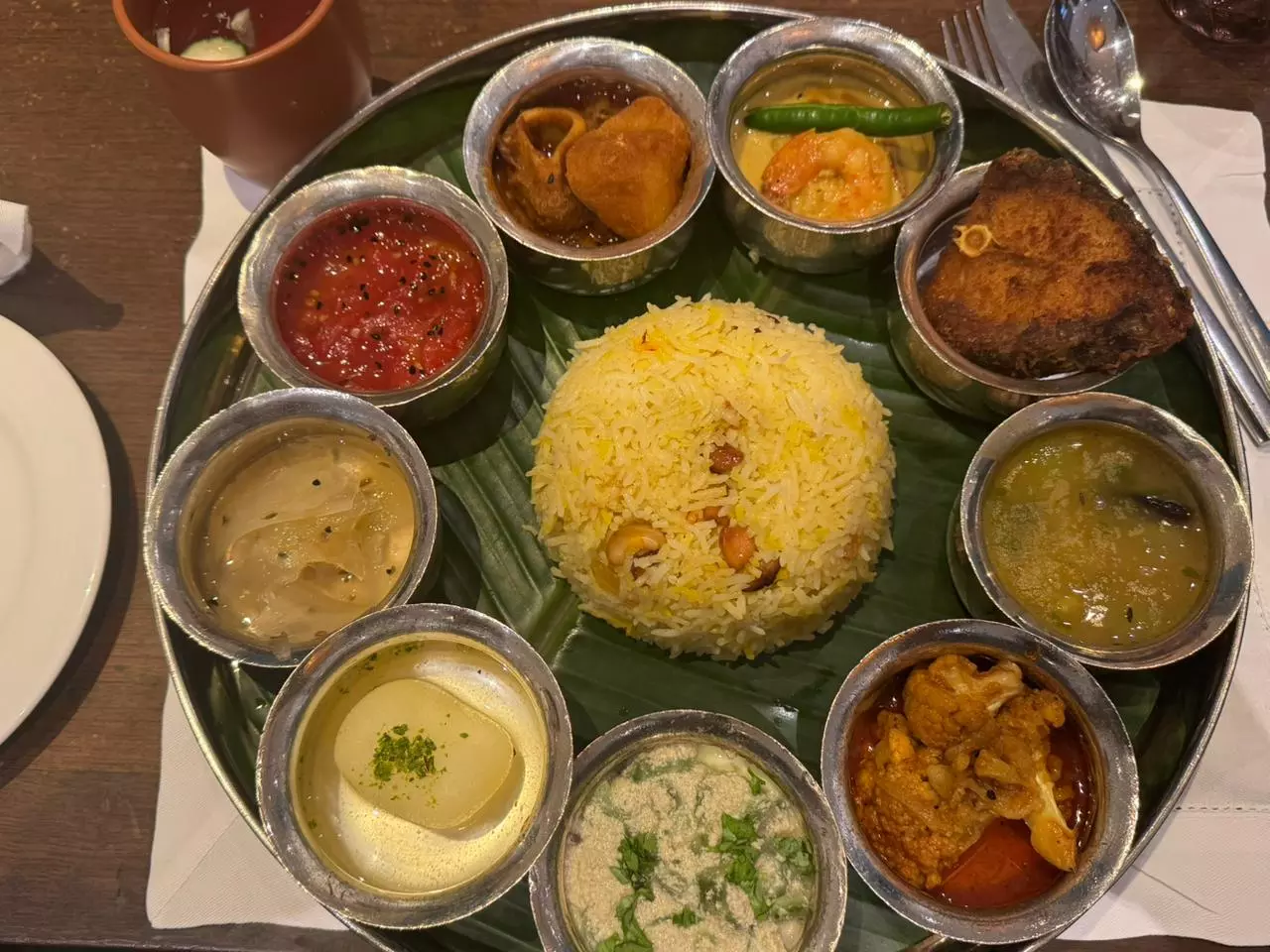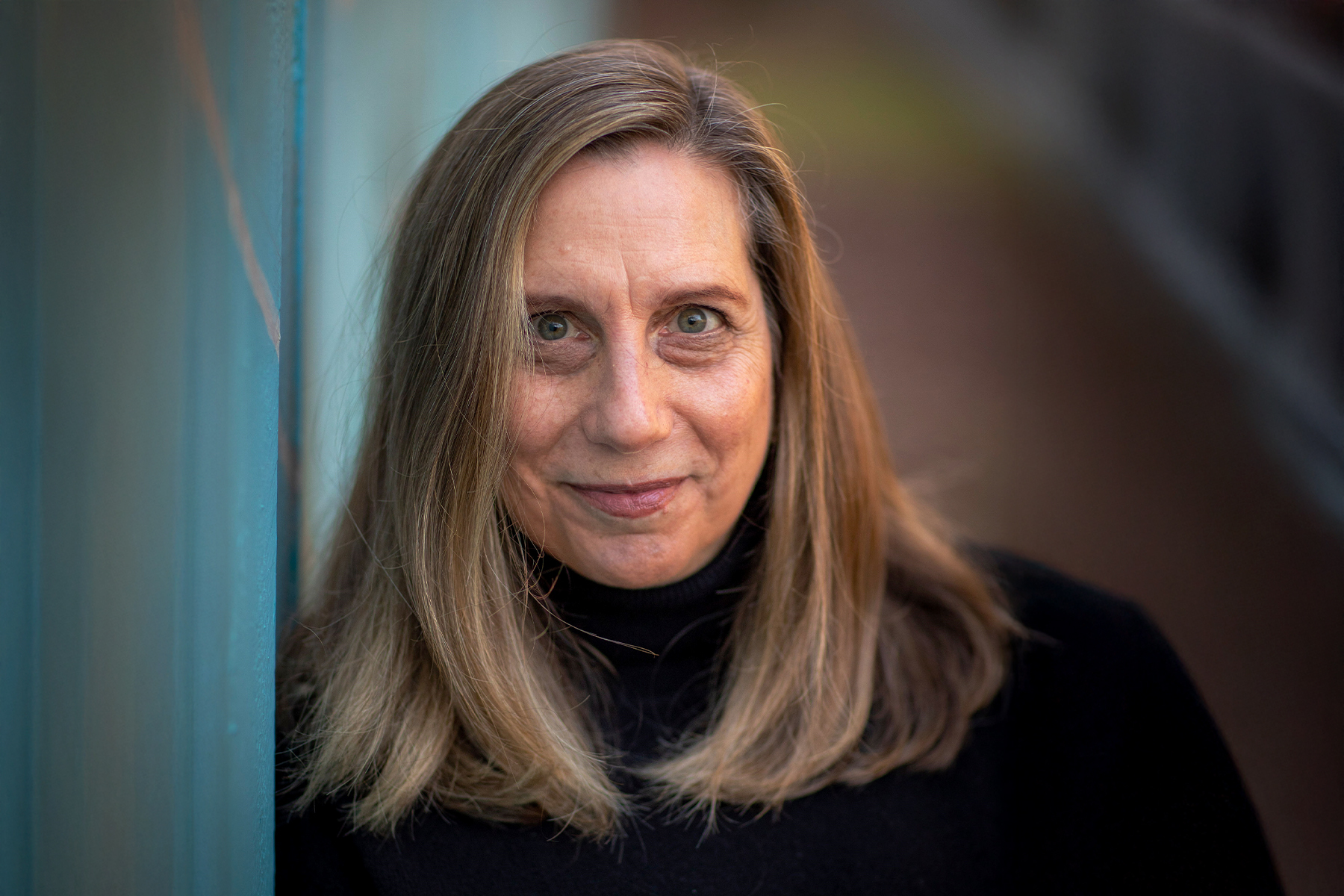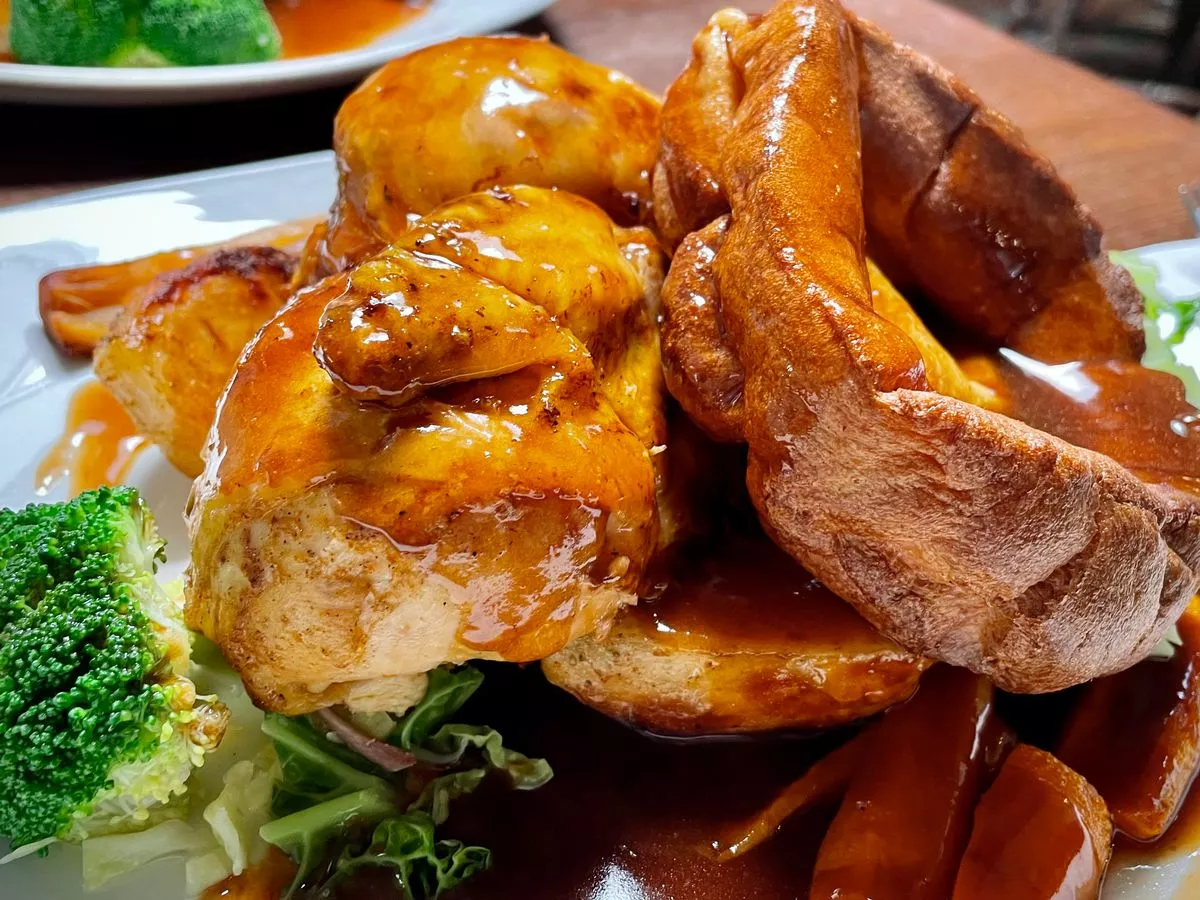By Reshmi AR
Copyright deccanchronicle

The rains may have slowed the city, but inside the kitchens of ITC Kakatiya, the tempo is festive. At Deccan Pavilion, preparations are on for Anondo Bhog—a special Bengali feast running till October 1, celebrating the flavours of Durga Pujo. For the chef leading this pop-up, it’s as much about nostalgia as it is about food.“Bringing the flavours here was a difficult choice, and a difficult task,” he admits. “So many things in our cuisine come from Calcutta, and the accessibility in Hyderabad is not easy. But I wanted to make sure that when people taste this thali, they feel the connection to home.”No Bengali feast feels complete without the ilish maach (hilsa) and golda chingri (prawn). “Hilsa is our pride. It’s monsoon food, and even though it’s now farmed and available till late, it still carries that seasonal nostalgia,” he explains. “And golda chingri—oh, that is something else. It has so much head meat that when you cook it, the gravy becomes naturally rich. That’s why Bengalis prize it so much.”Despite the challenges owing to the current floods in Kolkata, he’s ensured hilsa finds its way onto the menu. “I wanted guests here to get a taste of it. These are memories on a plate.”Alongside the famous fish curries, the buffet also features homely staples like govindobhog rice, pui shaag and lal shak. “These are the vegetables I grew up eating,” he smiles. “They are simple, but they carry such comfort.”The chef also highlights a less-discussed side of Bengali food: niramish cooking, vegetarian dishes made without onion or garlic. “My grandmother cooked this way all her life. For her, fish was allowed, but never chicken, mutton or eggs. She would make dalna with just ginger—no onion, no garlic—and the flavour would still shine. Ginger is our soul ingredient.”Every Bengali meal, he insists, must begin with something bitter. “That’s why shukto is so important. It wakes up the palate. At home, it might just be fried karela (bitter gourd), but when guests come, we serve shukto—a delicate balance of sweet and bitter, made with pachphoran (the five-spice mix). Without pachphoran, it’s not shukto at all.”While Bengali cuisine is often associated with rich fish curries and mutton dishes, the chef insists it is at heart a very homely cuisine. “People think it’s spicy or heavy, but actually, our food is gentle. Most of the spice comes from fresh green chillies, not powders. That’s why after a big meal, you feel sleepy but never get heartburn,” he laughs.There’s also variety shaped by history and geography. “Bengalis come from both East and West Bengal, and our ways of cooking differ. One family’s shukto will be white, another’s yellow. Even rasogollas vary—spongy in one house, soft and melt-in-the-mouth in another. Food is never just food, it’s identity.”The chef is candid about what he loves best. Talking about the simplicity of dal with jhuri-jhuri aloo bhaja, he says, “To get those perfect strands, you need a boti—a curved blade every Bengali kitchen still has. My grandmother still uses it; I still can’t master it.”It’s this mix of memory and flavour that defines Anondo Bhog. As he sums up, “For us, food is not just about taste. It is ritual, memory, culture, and comfort. I want everyone who comes here to feel that warmth—like being invited into a Bengali home during Pujo.”



